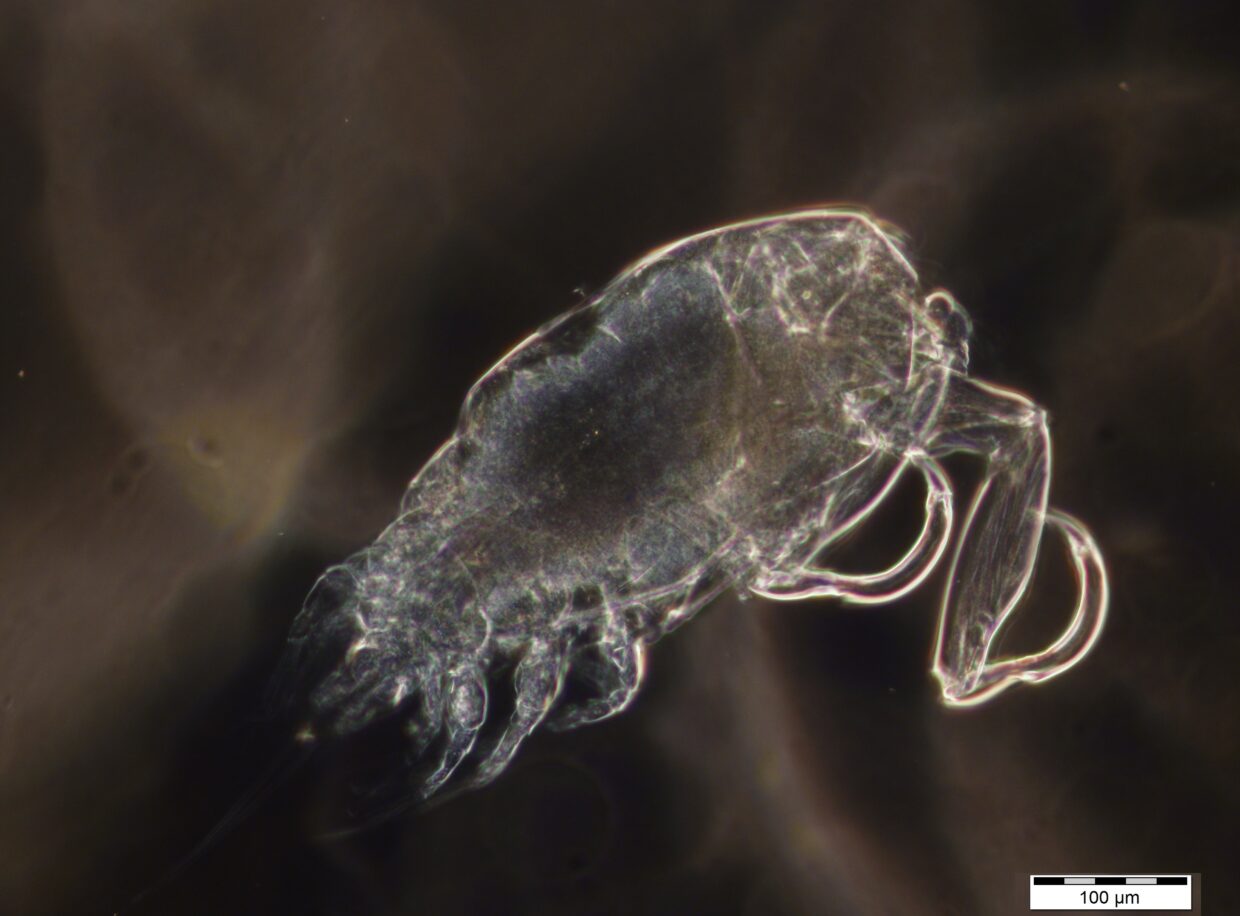Parasitic copepods: still much to discover
The paper “Species of Ergasilus von Nordmann, 1832 (Copepoda: Ergasilidae) from cichlid fishes in Lake Tanganyika,” published in Parasitology is freely available to read online.
When Richard Burton and John Speke came across Lake Tanganyika in 1858 as the first Europeans, they had no idea what they had just discovered. Not only is it the deepest and oldest lake in Africa, it is also one of the most important hotspots of cichlid biodiversity. For more than a century Lake Tanganyika has attracted scientists from many fields to carry out various studies. Currently, 240 valid cichlid species belonging to 52 genera and 13 tribes have been described from Lake Tanganyika; all (except 2 species) are endemic to the basin (they do not occur anywhere else) and represent the most morphologically, behaviourally, and ecologically diverse assemblage of species. And speaking of fish, let us not forget their parasites.

Our study focused on the parasitic copepods of Ergasilus, the type and most speciose genus of the family Ergasilidae. Only adult females are parasitic and have morphological adaptations (i.e. prehensile antennae) for attacking fish gills, while mature males and immature instars are free-living. Five species have been previously described from Lake Tanganyika – E. flaccidus; E. kandti; E. macrodactylus, E. megacheir and E. sarsi. However, there have been no new records from the whole of Africa in the past few decades. Is there really nothing left to discover? Certainly not!
A total of 23 species (167 specimens) of cichlid fishes, representing 11 tribes, were investigated during a parasitological survey of 4 localities on the north-eastern shore of Lake Tanganyika in Burundi. Besides E. macrodactylus and E. megacheir, 3 new species of Ergasilus were described and named E. caparti, E. parasarsi and E. parvus. Like our predecessors, we used light microscopes and observed all the morphological characters of these parasites (i.e. antennae, antennulae, cephalothorax, swimming legs, mouthparts, abdomen, egg sacs). But the times had moved on and molecular technologies had to be used too. This approach, called integrative taxonomy, is the combination of morphological and molecular data and should be the key element of modern taxonomic studies.

The diversity of parasitic copepods is still under-explored and there is great potential to discover new species and new host records. The combination of morphological and molecular data could help to better understand the phylogenetic relationships within this group of parasites and shed more light on their position within crustaceans themselves. However, in contrast to the well-documented distribution of ergasilid copepods among host species and regions, molecular data for this large taxon remain scarce across its global range. It is time to improve that.






